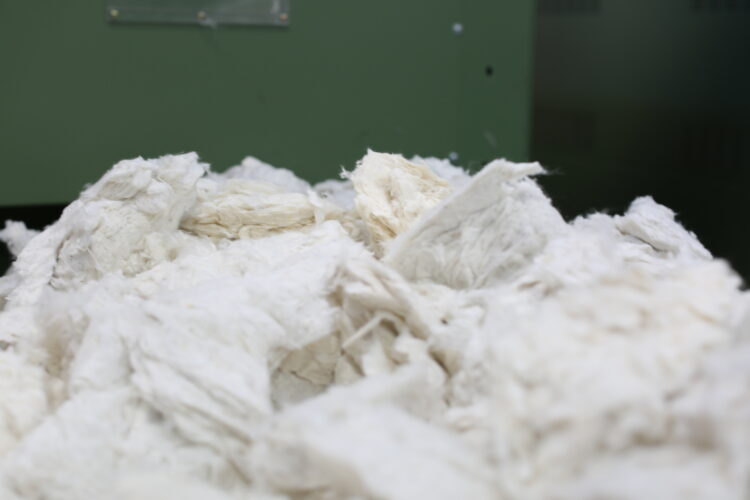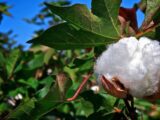
Every bale of Australian cotton is individually classed through modern certified classing facilities that participate in the International Cotton Advisory Committee CSITC Round Trials to ensure the highest standards.
Two samples are collected from each bale of cotton at the end of the ginning process, and sent to an independent classing facility for classification into different quality-based grades. The quality information stays with the bale's barcode right through until it's delivered to the spinning mill.
- Cotton merchants use this information to determine whether premiums or discounts should be paid to the grower from their contracted price
- Merchants also use the information to sort bales into "like qualities" ready for shipping
- Cotton growers use their quality information to make future agronomic and management decisions for continual improvement
- Spinning mills use the quality information to optimise their raw material selection and blending, which is necessary for producing a consistent level of yarn quality
Australian cotton samples are conditioned and tested using both HVI machinery and manual classing methods to determine the various fibre properties. At the end of the classing process, each 227kg bale of cotton carries a classing description. This grade will decide whether the cotton is sold for a higher or lower price, known as premium or discount.
Modern Classing Method - HVI TESTING
High Volume Instrument (HVI) testing is a machine-based method that can quickly and accurately check the quality and exact value of cotton fibres. The technique originated in the USA and Australian companies have also contributed to the world’s knowledge about HVI testing.
An HVI test print-out includes information relating to the following areas:
- Colour grade (relating to any visible impurities and the degree of whiteness) ;
- Length (the price of cotton is roughly proportional to staple length. Australian crops typically produce 28mm staple if irrigated, but shorter from a dry-land crop);
- Micronaire (the fineness of the cotton that affects how quickly it can be spun);
- Trash (the number of trash particles that are in the cotton sample);
- Strength (if the cotton is stronger it can be used in smaller quantities);
- Length (fibre length).
Traditional Classing Method
The more traditional method of testing cotton quality involves using specially trained ‘classers’ who manually examine the cotton fibres. This testing involves the classer taking a sample from each bale of cotton and assessing it by:
- Colour (bright or dull, white or grey)
- Trash content (the amount of leaf in the sample)
- Manual classers still largely determine the leaf, extraneous matter and preparation grades of cotton.






